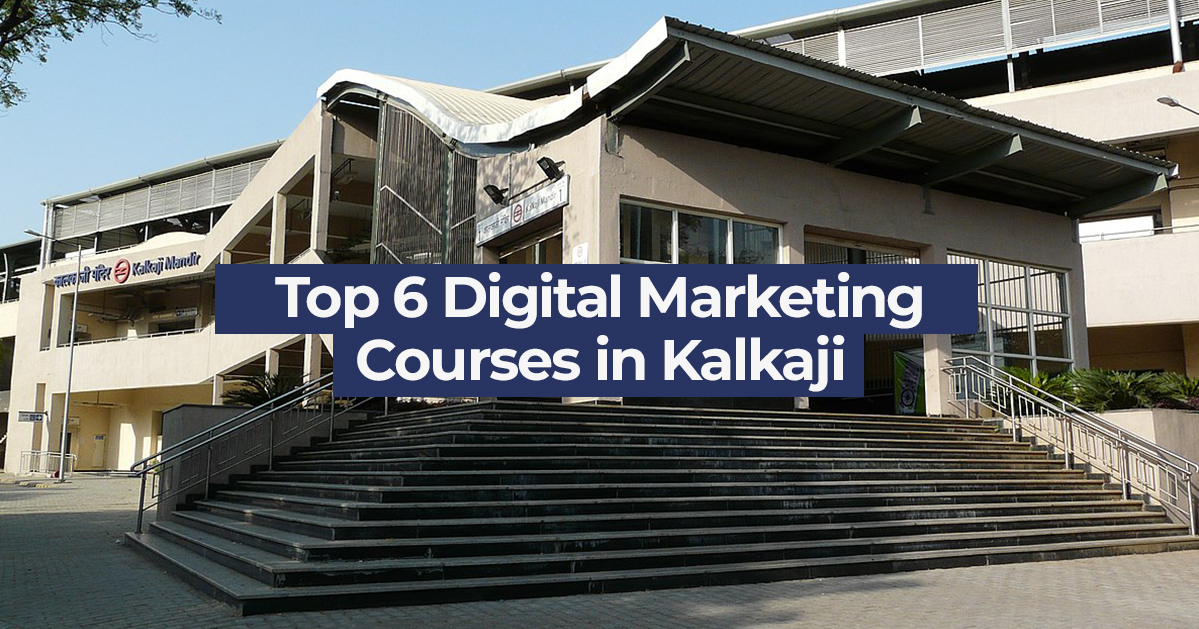[et_pb_section bb_built=”1″][et_pb_row][et_pb_column type=”4_4″][et_pb_text]
Do you want to have a strong command over hive & build a career in it?
Great! This post consists of some of the most common and important hive interview questions that will help you grab your dream job.
Did you know that there is a shortage of around 190,000 people in the field of big data analytics in the US alone? It is not just the US that is reeling from the deficit of qualified workforce. It is a global phenomenon.
How does the shortage concern you? Well, it means that with the right training and an understanding of Hive interview questions, you can exploit the shortage and get a lucrative job offer.
Let us elaborate on this a little more.
Humankind generated around five exabytes of data from the dawn of the civilisation to the year 2003. In the present, we generate the same quantity every two days. All this is not for waste.
Organisations and businesses use this data to understand the needs of the customers, predict market trends, identify frauds, make recommendations and much more.

The data that is generated today is of the high-volume and high-velocity kind. Different frameworks have emerged to meet the growing demand for processing and analysing big data. However, none have been as widely accepted as the Hadoop framework.
The Hadoop framework along with its various tools have captured the imagination of the big data industry.
Most of the tools are open source, and Apache has been very diligently maintaining them to ensure the best quality. One such tool is the Apache Hive.
Any interview for a job in the big data field will invariably lead to questions about Hadoop and Hive. The post will tell you about some of the most commonly asked Hive interview questions and answers.
What Is Hive in Hadoop?
The Hadoop architecture consists of two modules – MapReduce and Hadoop Distributed File System or HDFS. MapReduce processes vast quantities of data using a parallel programming model.
The datasets may be structured or unstructured. The HDFS stores these large datasets.
These two modules form the core of Hadoop. Hadoop ecosystem also comprises an array of other tools that make it easier for developers to work with these two core modules.

Hive is one such tool. Most of the interviews will start with this Hive interview question – what is Hive in Hadoop? Hive is essentially a data warehousing tool built on top of the HDFS.
It is an ETL tool that queries and analysis data. It is used for batch-processing data and works very well on static data. Hive, however, cannot be used for real-time dynamic data analysis.
Before Hive came into existence, if you had to execute SQL queries or applications over distributed data, you would have had to use the low-level Java API on MapReduce.
With Hive, you can use the Hive query language, HiveQL. It directly converts the SQL-like queries into the Java code that is required to run the MapReduce program.
It makes it easier for the developers and eliminates the need for writing complex Java programs.
Initially developed by Facebook, Apache took over Hive, made it open-source, and integrated it into the Hadoop ecosystem. Hive integrates well with many other Hadoop tools such as RHive, Mahout, RHipe, etc.
Hive is being used some of the major companies right now and has gained widespread acceptance in the industry as a reliable big data warehousing framework.
Even Amazon uses it in Amazon Elastic MapReduce. Facebook may have handed over Hive to Apache, but it still continues to use it.
How Will Hive Help Your Career?
As mentioned above, the Hive is being used by top companies like Amazon and Facebook. If you are dealing with a distributed database or big data, then the usage of the Hive is not optional anymore.
Moreover, Hive can even work with traditional databases using the JDFS or ODFS interface.

Any company that wants to upgrade itself to using big data applications will invariably use Hadoop. And when you use Hadoop, you need to use Hive to query and analyse the data.
The shortage of trained and experienced Hive professionals combined with the demand for them has created a situation that is ripe for exploitation by anyone who wants to enter the field.
All you need to do is take a Hadoop tutorial that covers all the basics such as the Hadoop architecture, what is Hive for Hadoop, how to efficiently utilise the functionalities of MapReduce, and much more.
Armed with this certificate and a thorough revision of the interview questions on Hive, you will find a job that is not only exciting and deals with cutting-edge technology, but also pays handsomely.
It is not just freshers who can benefit from learning Hive. Even those who are currently working in the software sector, but looking for a change in their stream will find exciting opportunities in the field of big data.
But isn’t it difficult to change the field where you work? Not really. If you are determined to enter a more promising area, then there is nothing that can stop you. And you are worried about having to learn a whole new skill set, then don’t be.
Hive’s biggest advantage is the ease with which you can learn it. Most of the HQL queries are very similar to the SQL ones.
And even if you do not know SQL, learning HQL is a very simple task for a programmer. It is much simpler than learning languages like Java.
Without Hive and HQL, you would have had to learn Java to use the MapReduce module in Hadoop.
Does a salary or USD 98,000 sound appealing to you? Of course, it does! So start your preparations for the Hive interview questions right away.
What are the Commonly Asked Interview Questions on Hive?
A job interview is the most crucial step in getting a job. Your resume may be impeccable, and you might know all the theory about the subject at hand.
However, if you are not able to communicate your knowledge to the interviewer, you may lose a wonderful job opportunity.
How can you be sure that your interview will get you the job?
The only thing you need to do is to impress the interviewer with your knowledge. There is only one way to ace the interview, and that is to practice.
You need to gather all the Hive interview questions you can find. Now, try to answer these in front of a mirror. This helps you gain confidence and reduce your self-awareness during the interview.
One of the first hive interview questions you will be asked is what is Hive in Hadoop. The answer to that has been elaborated in the previous section. Here are some other common Hive interview questions and answers.
Q1. What are the different modes of Hive? Do you know when to use each mode? Please elaborate.
Ans: There are two modes that Hive operates in – Local and MapReduce. They are classified based on the size of the data nodes in Hadoop.
We use the local mode while we deal with smaller datasets that may be originating from a single machine. Hadoop is sometimes installed in a pseudo mode and will have a single data node. In such cases, we use the local mode of Hive.
MapReduce mode is used when there are multiple data nodes in Hadoop. The MapReduce model lets you run parallel queries on large datasets. It offers improved performance.
This Hive interview question is aimed at gauging your understanding of the fundamentals of the Hive.
Q2. Can I use Hive for OLTP systems?
Ans: No, you cannot. Hive cannot perform the update and insert functions at a row-level in real-time. Online transaction processing requires this feature. Hive is only capable of batch processing.
Q3. What is Hive Metastore? What is the default database for the Metastore?
Metastore is the central repository for metadata on Hive tables and partition. The metadata is stored in a relational database.
The default database provided by Apache Hive for single-user storage is an embedded Derby database instance which should be backed by the local disk.
MySQL is used for storing the metadata from multiple users or for storing shared metadata.
Q4. Why is the Metastore a relational database and not a part of the HDFS?
Ans: The read and write operations in HDFS take time. You can speed up the query by storing the metadata on the relational database that offers faster read/write.
This Hive interview question is asked to check if you truly understood the basics of the Hive.
Q5. What are partitions in the Hive and why are they used?
Ans: The tables are arranged into partitions by Hive. A partition key is used to determine how the data is stored in the tables.
The partition divides the table into different parts based on these keys. It is very helpful when a table contains more than one partition key.
Q6. What is the maximum number of dynamic partitions that are allowed by default? Can you change it?
Ans: The maximum number of dynamic partitions that are allowed by default is 100. Yes, you can change it. You will need to use this command:
SET hive.exec.max.dynamic.partitions.pernode = <value>
Q7. Explain Bucketing.
Ans: The tables are organised into partitions. These partitions can be further subdivided into buckets. The division is done based on the hash function of the table’s column.
Q8. What is the difference between partitioning and bucketing?
Ans: A partition is like a directory, whereas a bucket is like a file. Bucketing organises the data inside a partition into multiple files. It helps in joining different columns.
Partitioning is a default process when a table has multiple partition keys. Bucketing is not done by default. Since partitioning is a default process, there is a possibility of multiple small partitions being created. You can limit the number of buckets.
While most people would know the definition of partitioning and bucketing, only a well-trained interviewee will be able to answer the interview questions on Hive about their differences in practice.
Q9. What are the different types of tables in Hive?
Ans: Tables in Hive can be classified into two categories – managed and external. The data and the schema of the managed table are under the Hive’s control.
Only the schema of the external table is under the Hive’s control. If you were to delete or drop a managed table, all the information regarding the table including the schema, and the data gets deleted.
However, dropping an external table only deletes the schema. The data of the table will be safe in the HDFS.

Q10. Can you stop a partition from being queried? If yes, how?
Ans: It is possible to stop a partition from being queried. You need to use the ALTER TABLE statement with ENABLE OFFLINE.
Q11. Is it possible to change the data type of a column in Hive?
Ans: Yes, it is. You can use the following command:
ALTER TABLE table_name CHANGE column_name column_name new_datatype.
Q12. What is the purpose of the USE command?
Ans: The USE command is used to fix the database. All subsequent queries will be run on this database.
Q13. You are using the LOAD DATA clause to load data into the Hive table. Is there a way to specify that this is an HDFS file, not a local one?
Ans: If you omit the LOCAL CLAUSE from the LOAD DATA statement, Hive understands that the file is an HDFS file.
You will get a much more comprehensive list by going through various online resources. Here is a video that contains some more Hive interview questions.
As you can see, the last few Hive interview questions where related to HQL implementation and statements. The interviewer will test all aspects of your Hive knowledge.
This includes the theoretical, as well as the practical aspect. The Hive interview questions and answers given above are just an introduction to the kind of interview questions on Hive that you can expect.
Ace Your Hive Interview

All that stands between you and an attractive pay package is comprehensive knowledge of hive interview questions and answers. You can gain that by taking Digital Vidya’s course on Data Science.
The comprehensive course will cover different big data Hadoop tools. By the end of the course, you will have a strong theoretical, as well as practical knowledge of what is hive in hadoop & hive interview questions.
Combine this with the interview preparation using the common Hive interview questions, and there is no stopping you from acing the interview and landing your dream job.
[/et_pb_text][/et_pb_column][/et_pb_row][/et_pb_section]








